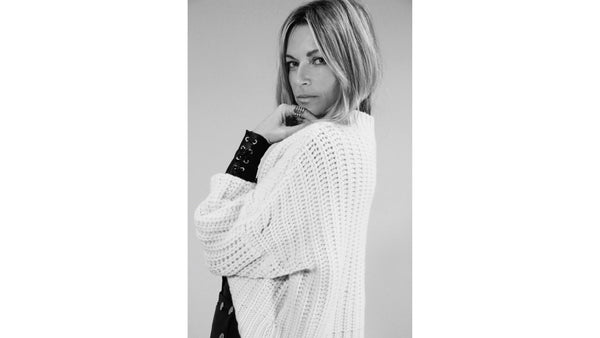Fast fashion has a lot to answer for. The fashion industry is the second largest consumer of water, not to mention their contribution to carbon emissions, contribution to landfills and exploitation of cheap workers. Whilst the projections are disheartening, we can all do our part and make more informed decisions. We can be influenced by the brands commitment to sustainability and fabrics rather than fleeting trends and discounted prices. Read on for our top tips on building a sustainable wardrobe.
1: Organise & Declutter
It is important to start with an audit of your wardrobe. Start by organising clothing into items you wear regularly, clothes you no longer wear and any pieces you need to repair in order to wear. Donate the unwanted clothes to your local charity shop or to great charities such as Smart Works. As for the clothes that need repairing, you better get that sewing kit out if you can fix it yourself. Or if it is a specialist piece, then you can send it off to companies such as The Restory.

2: Do Your Research
We know it can be overwhelming to find out which brands really do follow sustainable practises, use ethical materials as well as treating their workers fairly. A great way to find this information is to view brands sustainability pages on their website, like our values page. Start reading care labels and don’t always take ‘eco’ or ‘sustainable’ tags on face value. Get to know which fabrics the industry uses that are truly eco-friendly. We have an article on sustainable fabrics if you’d like to learn more.

3. Before You Buy, Ask Yourselves...
Founder of the Eco-Age, Livia Firth prompts all shoppers to use the ‘30 wears Test’. She encourages us to consider if we will actually wear an item 30 times before buying it. If the answer is yes, then it is a good sustainable investment. Wearability is really important, so if the answer is no, then it might not be a sustainable option as it may well one day end up in landfill. The versatility and quality of clothing plays a large part in this. We recommend building a sustainable wardrobe of great quality, trans-seasonal pieces which can be worn in a multitude of outfits, read our tips on building a capsule wardrobe here. Build your sustainable wardrobe of timeless and classic items such as coats, jackets, dresses, trousers and tops.

4. Invest Intentionally

5. Care and Wear
One last tip to ensure the pieces in your wardrobe last as long as they can is to care for them properly. Follow the care instructions. We wrote a guide here on how to care for your cashmere.

For more information on sustainable fashion read this article. Shop New Arrivals and AW21.






